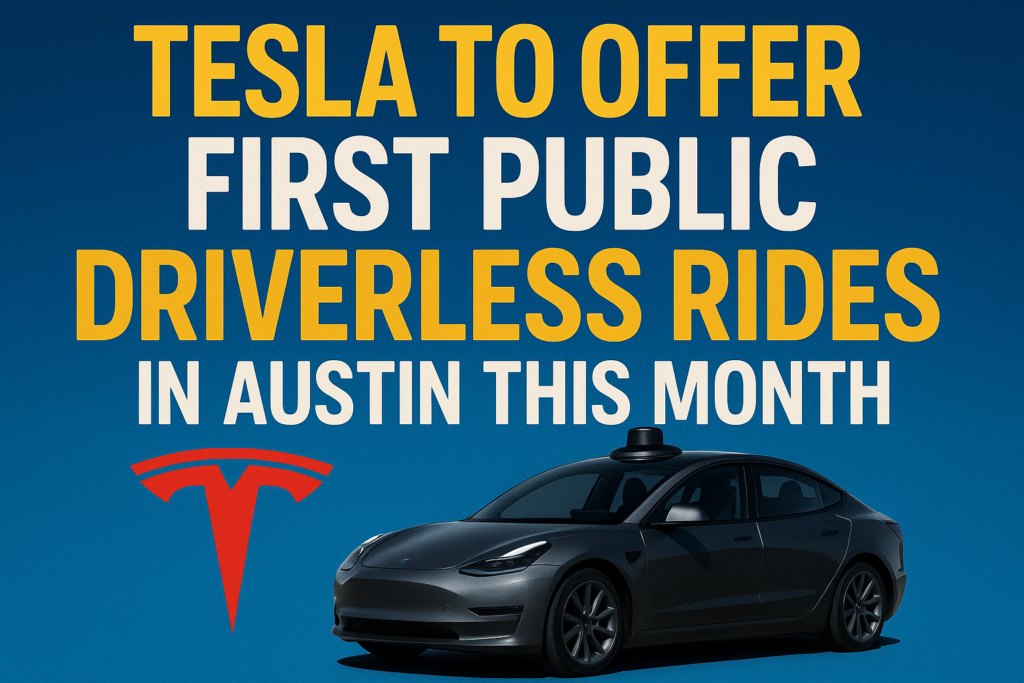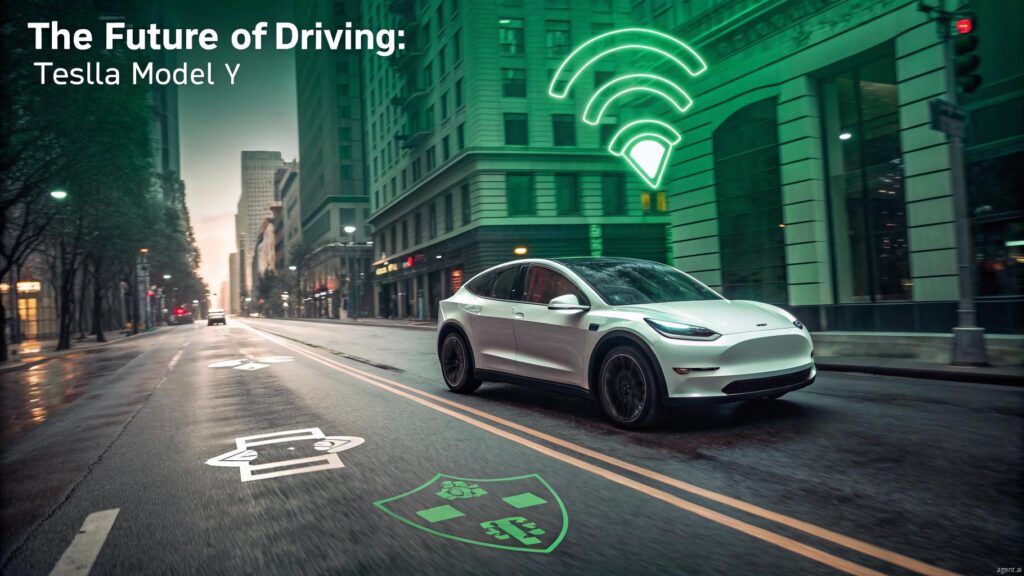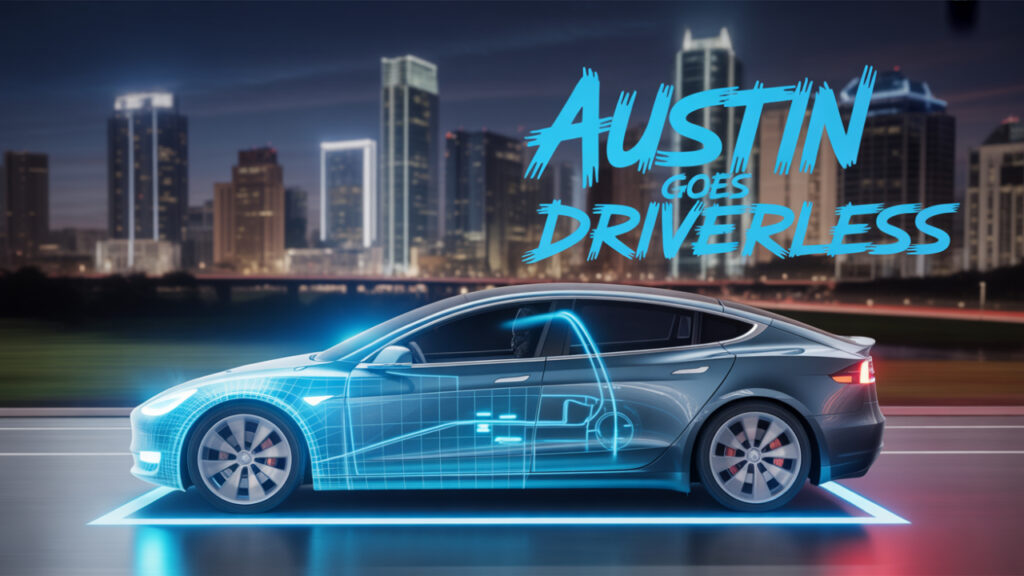Austin, Texas | June 12, 2025

Later this month, Tesla will begin letting passengers ride in vehicles that have no one in the driver’s seat. The company has confirmed that, starting on June 22, a small group of people in Austin will be able to take rides in Model Y cars running on Tesla’s autonomous driving system. These vehicles will operate without drivers inside. However, each ride will be observed in real time by Tesla staff from a remote location.
A second milestone is expected on June 28. Tesla plans to complete its first fully automated vehicle delivery to a private home on that date.
An Idea Finally Hits the Road
Tesla has been talking about driver-less rides for years. The idea wasn’t just to build electric cars. The company envisioned a system where cars could move around on their own, picking up passengers like a taxi, but without any human involvement. It has taken nearly a decade to reach this point. Now, the company feels the system is ready for public roads.
Why Austin, Not California?
Austin turned out to be the most suitable launch city. Unlike California, Texas has fewer restrictions on autonomous vehicles. The city has also shown interest in working with tech companies. With simpler traffic patterns and more openness from local authorities, the environment supports safer early testing.
Tesla has already conducted hundreds of test rides within city limits. These rides involved employees and staff, under close monitoring. This new phase will involve members of the public for the first time.
How the System Works
The cars being used look like regular Model Ys. There is no change in hardware. The upgrade lies in the software. Tesla’s latest Full Self-Driving system will control the vehicles without a driver present.
Each trip will be monitored live. Trained staff will be ready to stop or redirect the vehicle if needed. Austin emergency responders have also received training on how to respond to any issues involving these vehicles.

Timeline Highlights
• 2016: Tesla begins development of its self-driving software.
• 2024: Tesla unveils its Cybercab concept, a two-seater car with no steering wheel.
• Early 2025: Internal testing starts under Project Rodeo.
• June 22, 2025: Public pilot ride program begins.
• June 28, 2025: First direct-to-home delivery planned.
Concerns Still Exist
Not everyone is fully convinced that autonomous cars are ready. In Austin, previous issues with other driver-less services raised concerns. Companies like Waymo and Cruise faced criticism after their cars got stuck in intersections or confused during heavy traffic.
To avoid similar mistakes, Tesla is taking extra precautions. Routes are limited. The vehicles will avoid high-traffic areas. Every ride will be tracked by support staff in real time.

Tesla’s Place Among Rivals
Waymo is already offering driver-less rides in Austin through its partnership with Uber. Cruise, which once had a strong presence in the self-driving sector, had to pull back after problems in other cities.
Tesla is approaching this differently. It is not building a separate fleet for autonomy. Instead, it is upgrading the cars it already produces. This may allow for faster rollout if the technology proves reliable.
What This Means for Tesla
After the announcement, Tesla’s stock saw a slight increase. Many investors are watching this pilot closely. If the rides prove safe and practical, the project could support Tesla’s position in the long-term race toward fully autonomous transportation.
What Comes After Austin
Tesla has not released a list of future cities yet. However, company leaders have made it clear that performance in Austin will guide what happens next.
If the trial goes well, Tesla plans to begin producing its first purpose-built robotaxi, the Cybercab, sometime in 2026. The company also intends to publish trial data. This will include how often remote staff needed to intervene and how riders responded to the experience.










